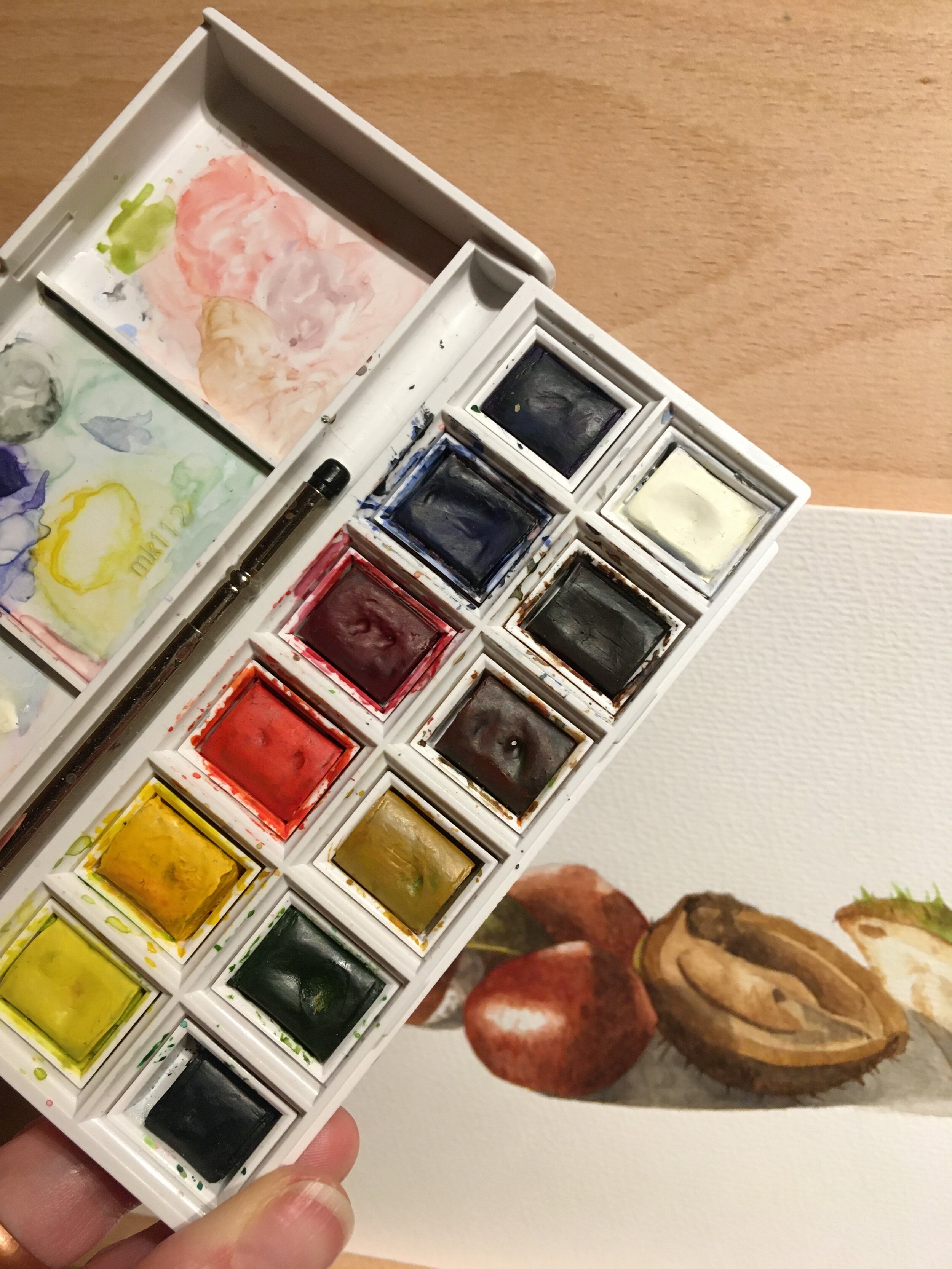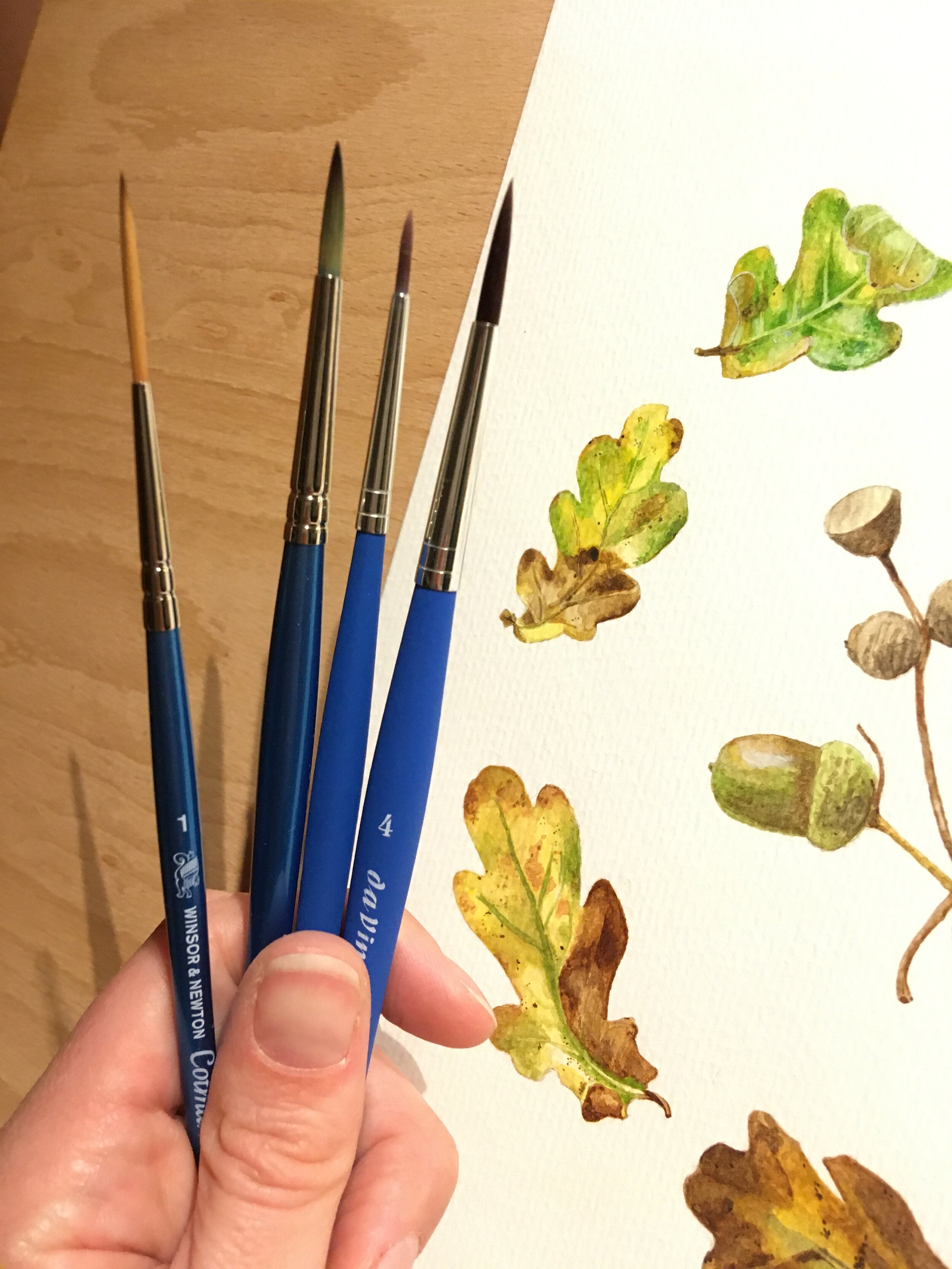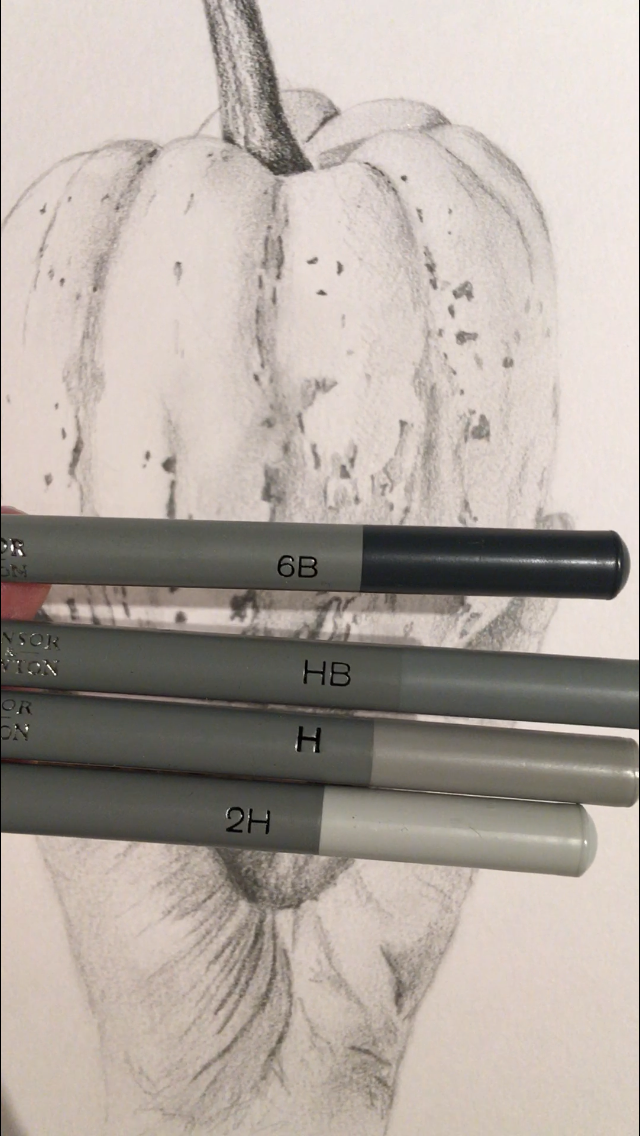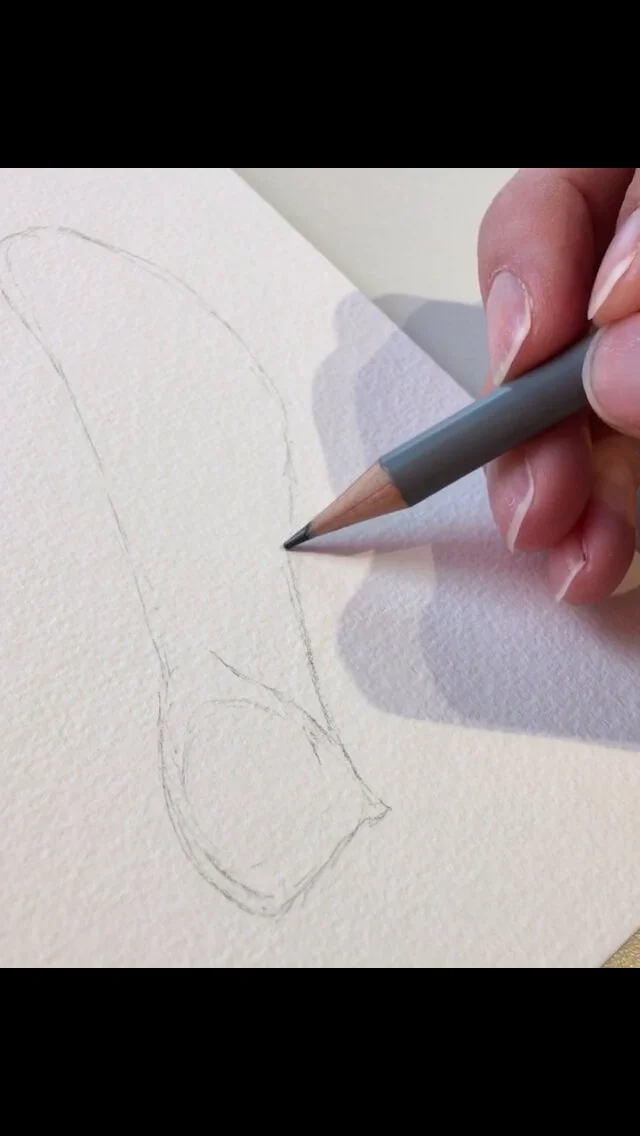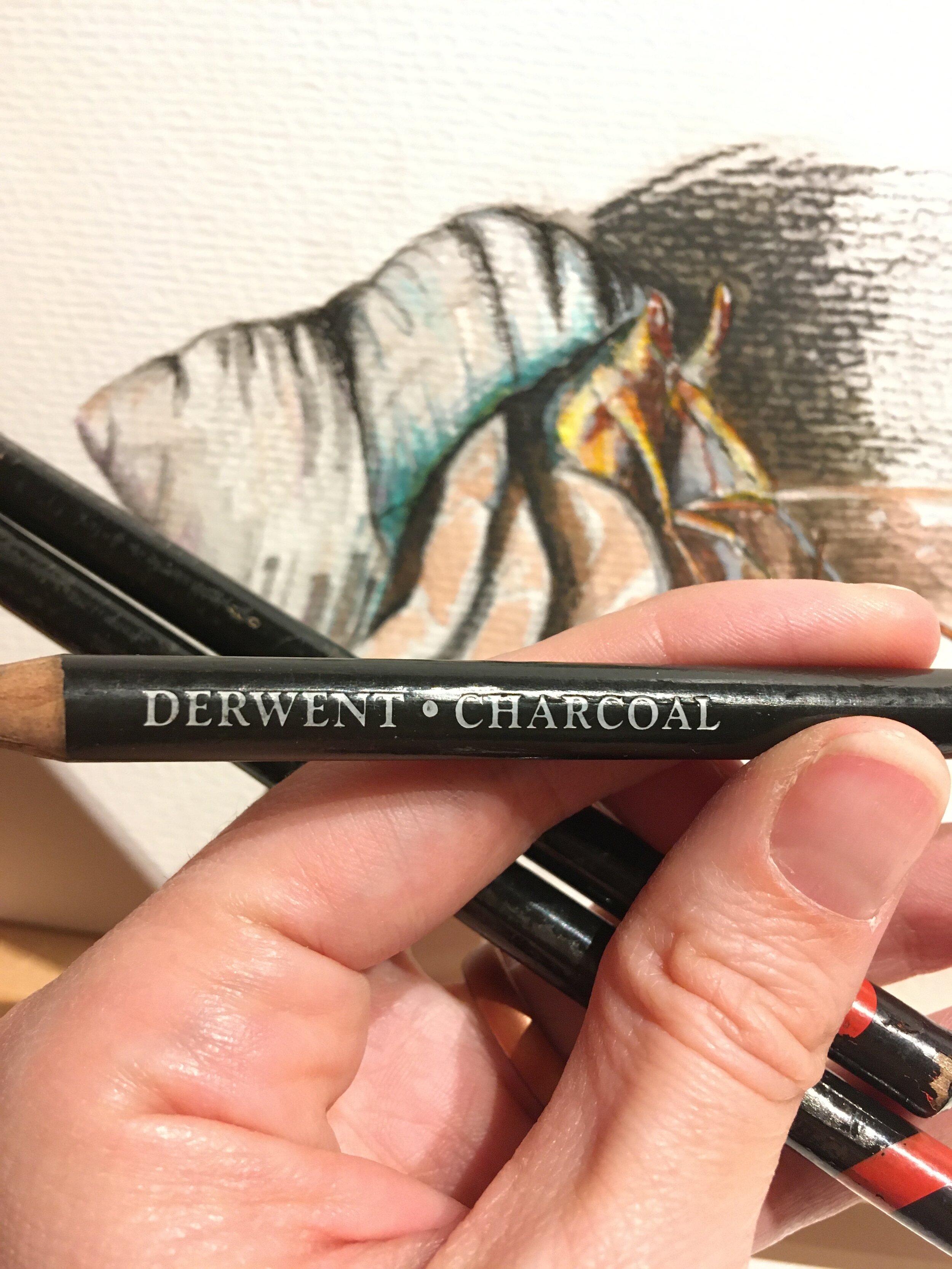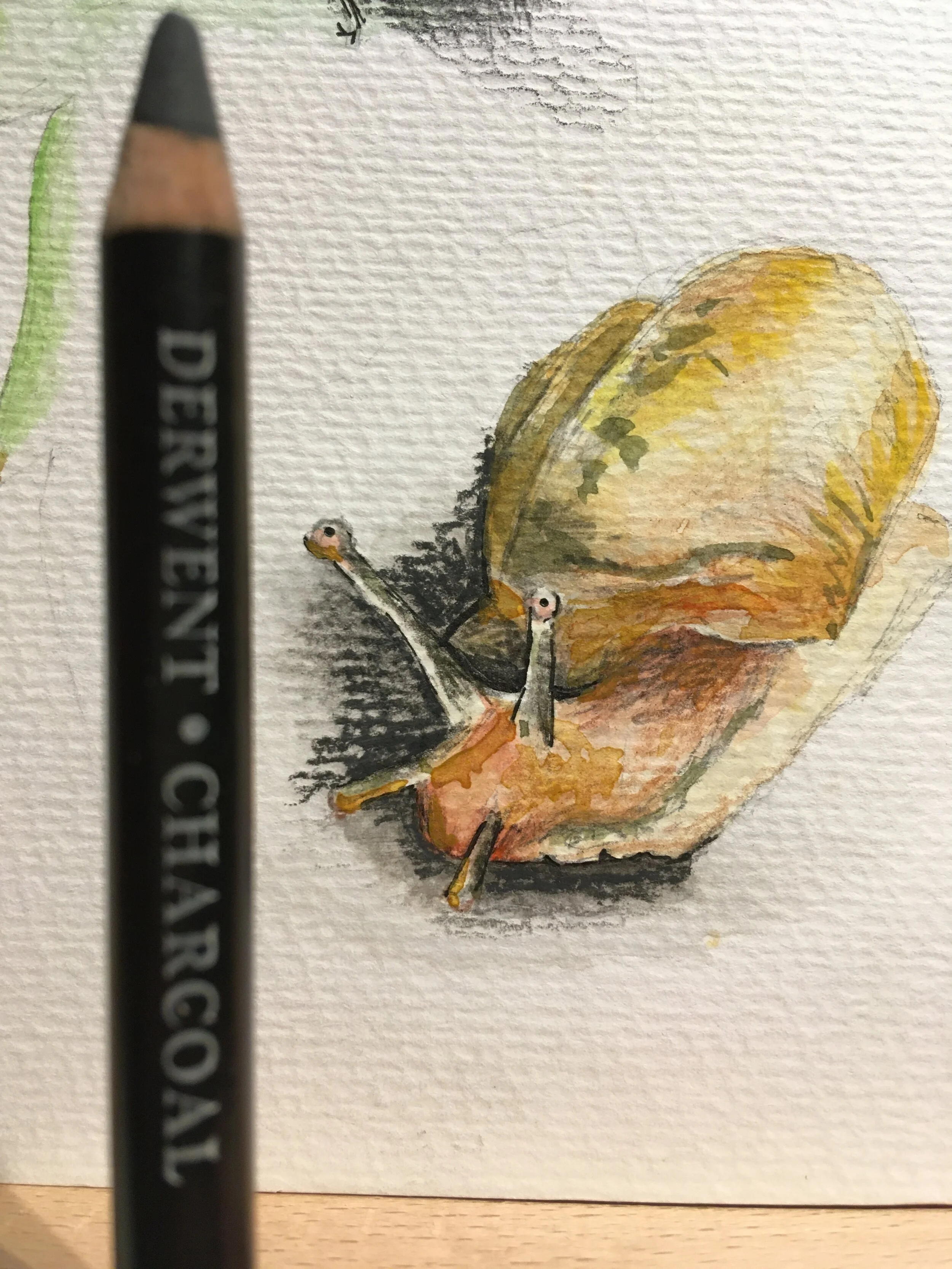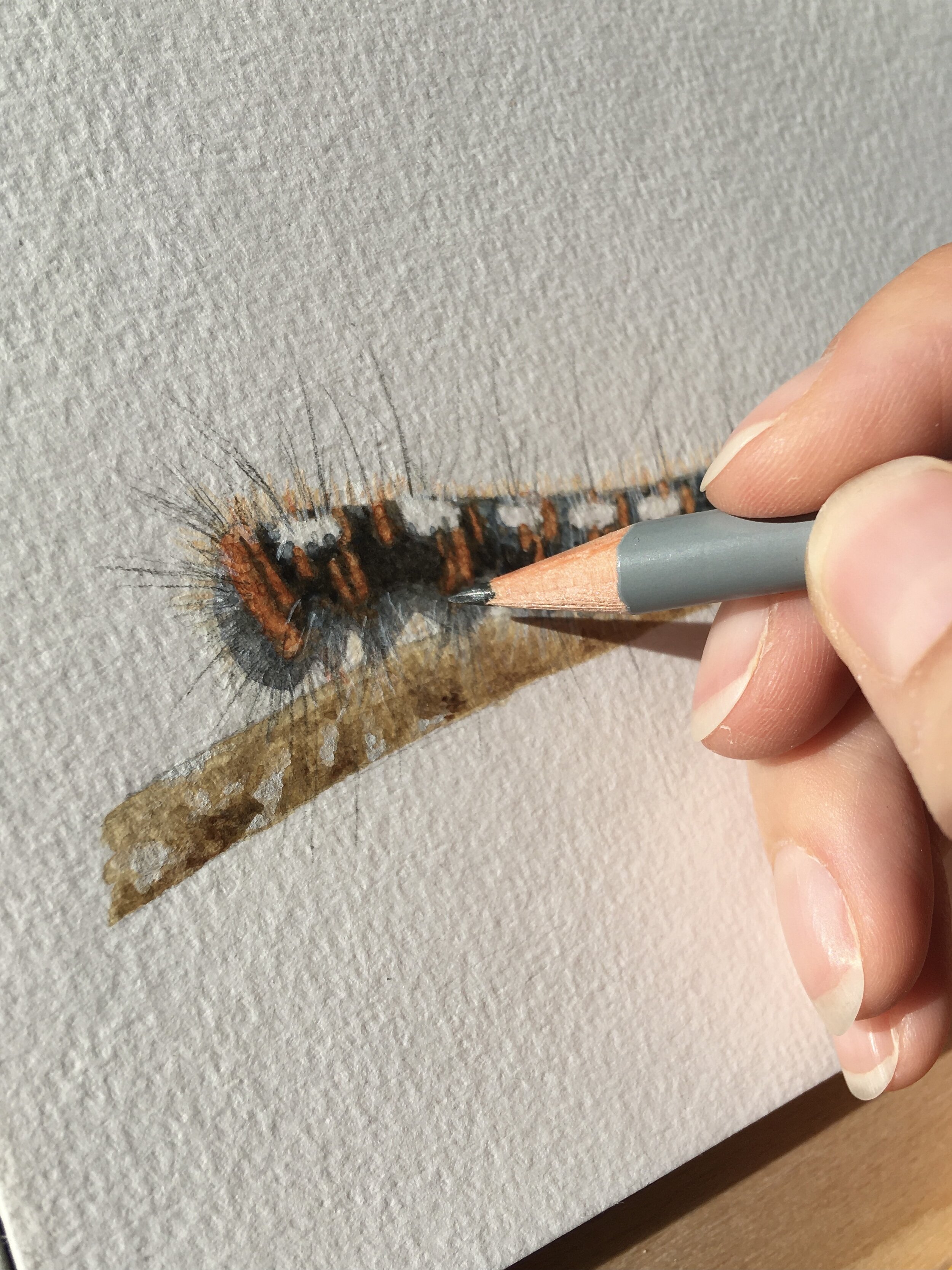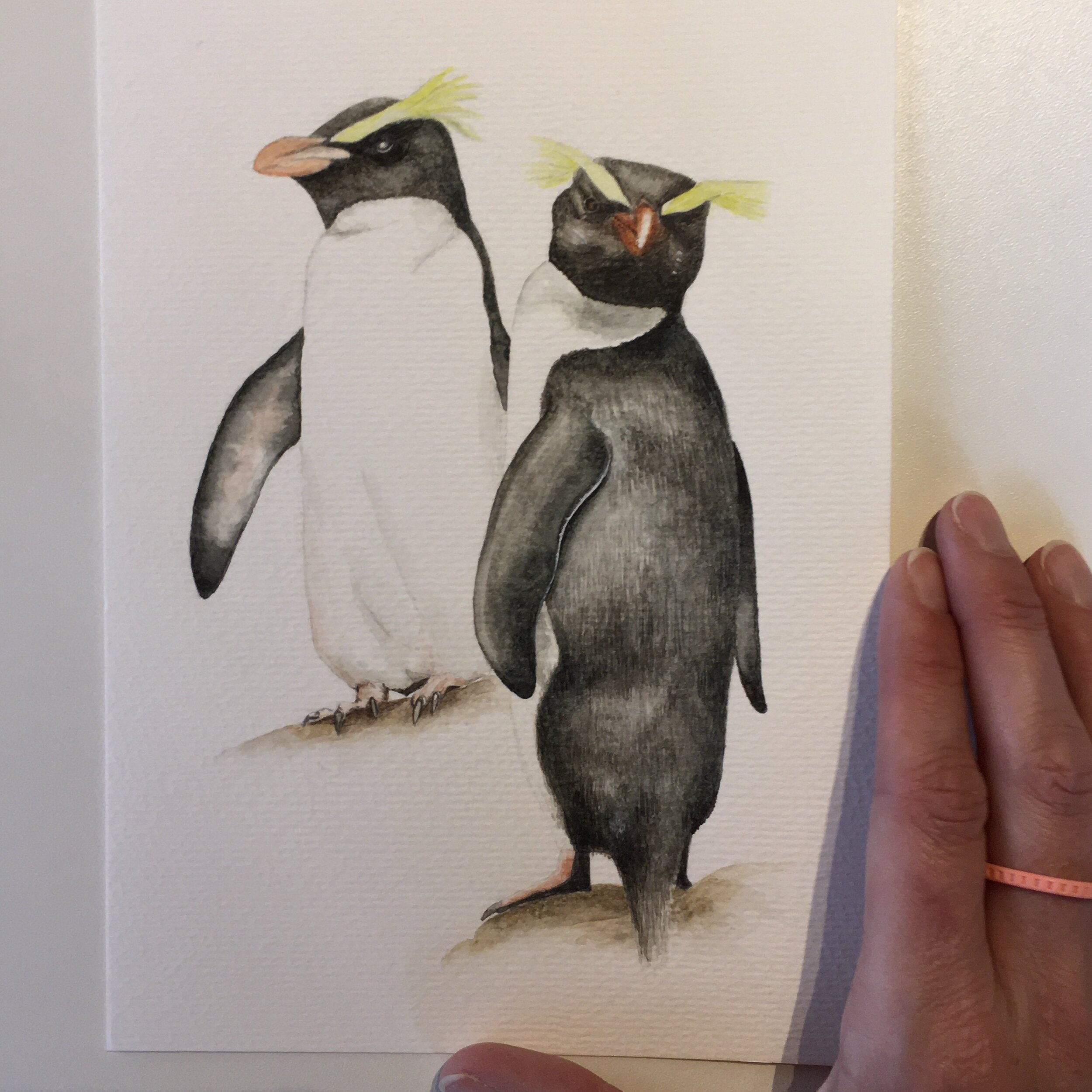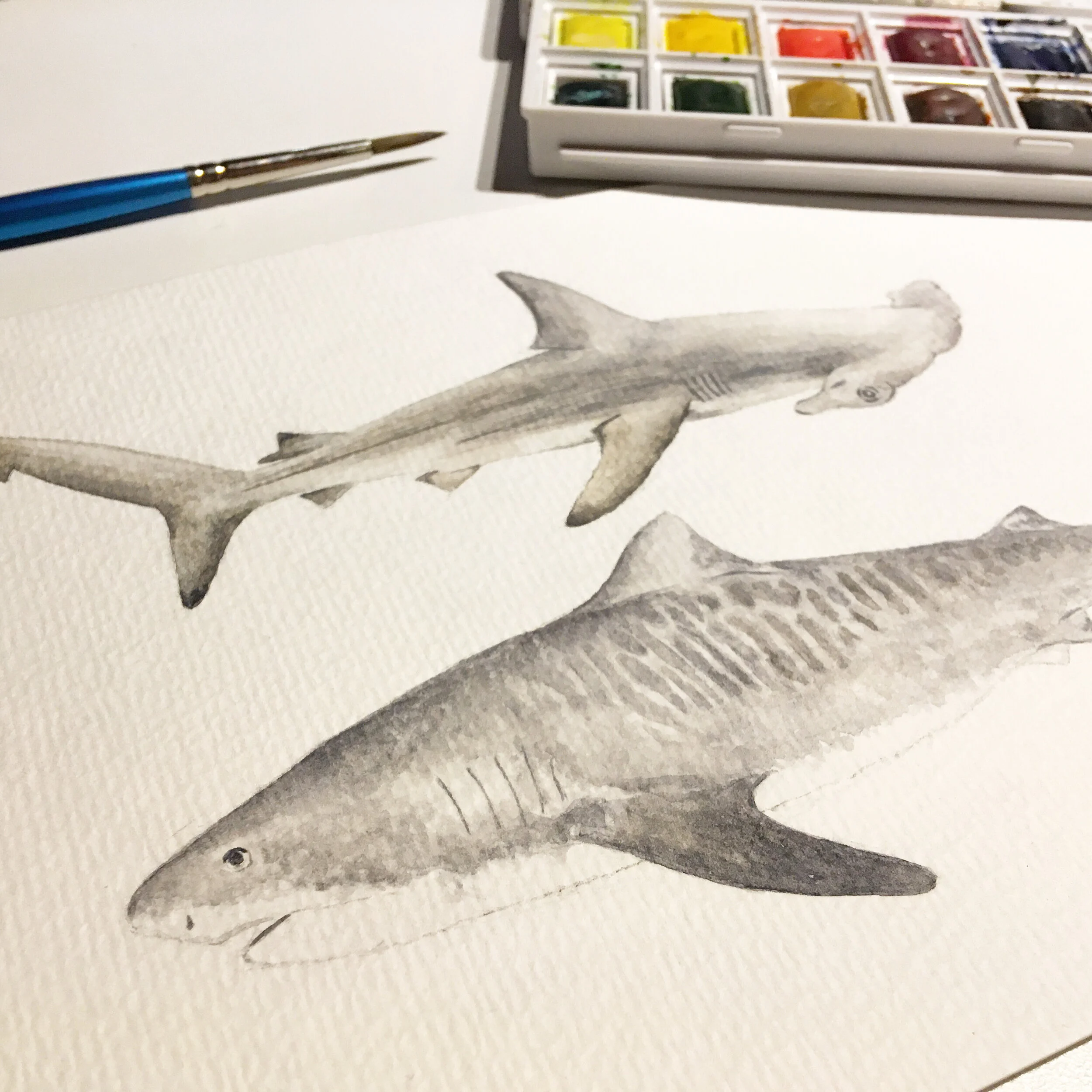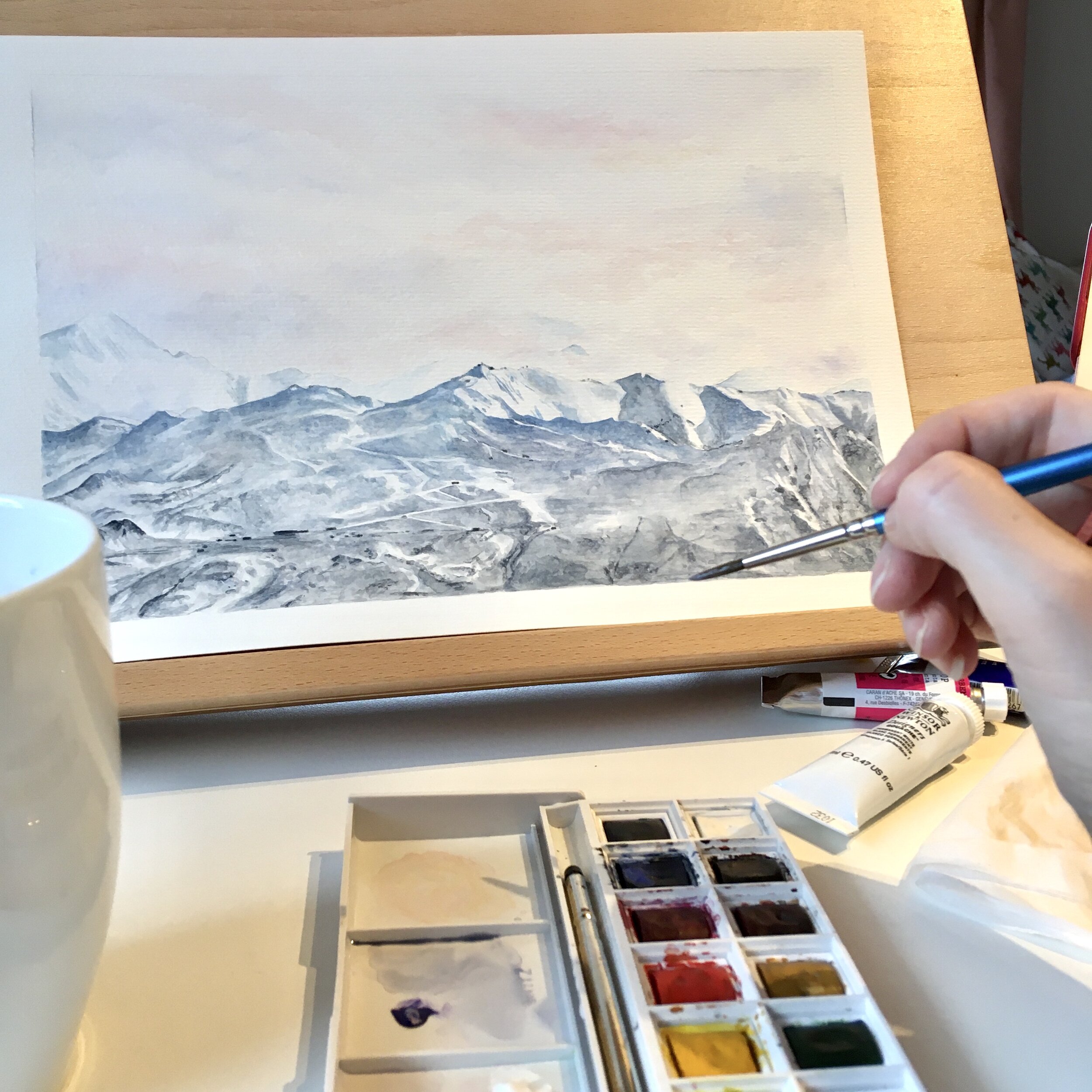Art Materials
The materials I use and what I recommend when starting out
Watercolours and brushes
Since childhood, I have always used half-pans of watercolour, so filling the Winsor & Newton Sketchers’ Pocket Box with my favourite basics is perfect for me. I have a few of my most used colours in tubes too, as well as a tube of white gouache. This is always on hand for adding fine details at the end.
If you would like to start experimenting with watercolour but don’t own any, I suggest getting a small hand-held collection with 10-12 colours to start you off. Many of these sets also come with a brush. There are plenty out there to choose from. You can go for a basic rainbow set, or a set with a theme, for example skin tones or earthy greens and browns. Primacolour have a lot of themed sets like this, though I haven’t tried them. No need to splash out on getting the whole range of colours from a particular brand unless you really want to.
As I work in a lot of detail, my favourite brushes are round one from sizes 0 to 4. I find brush choice to be quite a personal thing, especially as the price range varies a lot from basic, to student, to professional, including ones made from real hair. Experiment with sizes on the cheaper end of the scale before splashing out on your favourite sizes on the pro end of the scale.
Graphite pencils
When sketching out the basic shape for a watercolour I tend to use the H or 2H pencils, both easy to sharpen to a point and easy to rub out too! For fine details I like to use the F and any of the H pencils, sharpened to very fine points. However, there is nothing better than grabbing a 6B and scrawling a great big sketch across the page! For those of you reading that don’t know much about graphite pencils, read on…
H pencils have hard leads, they are great for fine lines and details, but can leave a groove in the page if used with too much pressure.
The F pencil leaves grooves (though not noticeable unless you want to blend, smudge or rub out your work), so some may dislike using it.
B pencils are soft, are excellent for shading, but the softer they are, the harder they are to rub out without leaving a grey smudge on the paper.
If in doubt, start off with an HB like you had in school.
Charcoal
In the same way I love a 6B pencil, laying down a large swathe of black in charcoal is a great feeling! In school, charcoal was always used for life drawing and other large sketches. I have a set of Derwent charcoal pencils which make using charcoal a lot less messy (though the mess is often the funnest part!). I believe they now have some coloured charcoal pencils, but for me charcoal will always be black and shades of grey. A touch of chalk thrown in for highlights is always good!
How can you start creating?
If you would like to start creating more art, the one thing I would recommend above all others, is a good block of paper. I use 300gsm for my watercolours and 250gsm for my graphite pencils drawings. Unless you’re doing large washes, at least 300gsm won’t wrinkle when using watercolours. If you’re using a lot of water, definitely stretch your paper to avoid disappointment! Then, sit down with the materials you have (even if that’s only a spare pencil or biro you have kicking around), and start sketching! The more you do it, the easier it will feel and the more fun you will have with it.
Want to learn more?
Take a look at my tutorials and workshops to learn more and paint with me.

